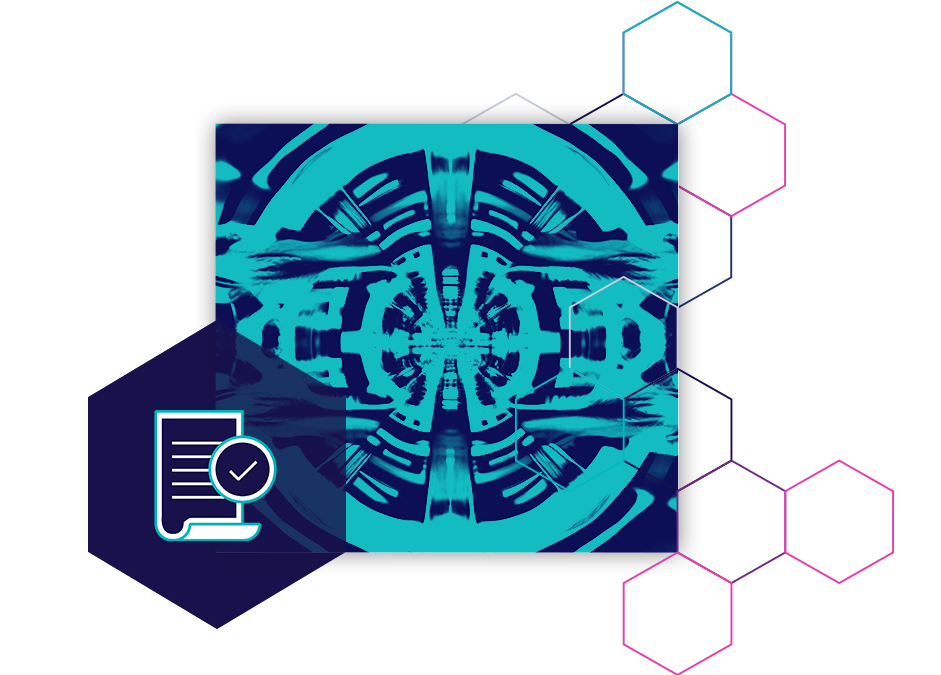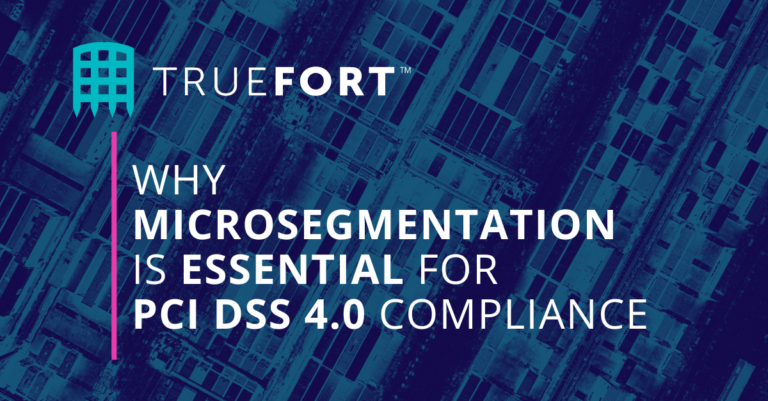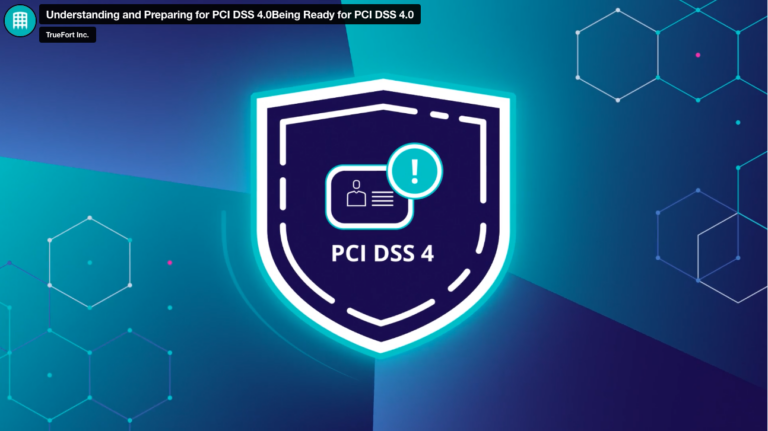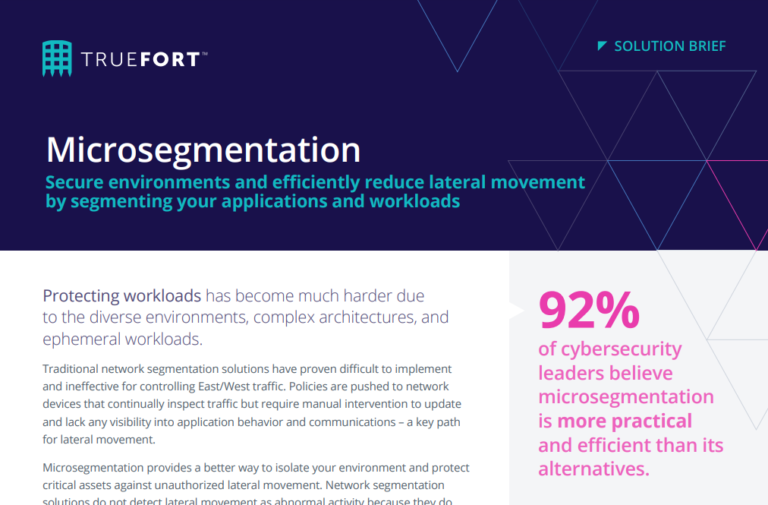TRUEFORT SOLUTION
PCI DSS 4.0
Over 20 years, changes in technology constantly make it more challenging to identify and control all aspects of the Cardholder Data Environment (CDE). PCI DSS gets regular updates to guide organizations in compliance and advise on the complex nature of data center and cloud infrastructure. It is now time to get ahead of upcoming version 4.0 to effectively achieve and sustain compliance.
PCI Security Standards Council adopts new requirements to avert common breaches and keep pace with attacks
- Attacks succeed because they take advantage of common exposures: Infrastructure and system misconfigurations, and ephemeral containers, create security gaps for attacks to move and spread more easily
- Indicators of compromise are noisy without behavioral baselining: Alterations to configuration files and server logs, done without authorization, can be used by attackers to obscure their activities
- Automated activity, both in network connections and service accounts, are difficult to maintain : Core systems and unnecessary services may be communicating externally without the knowledge of security, operations, and risk management teams
- Authorized personnel may misuse privileges, intentionally or unintentionally compromising workload security: Failure to identify unusual activity hampers the ability to detect attempts at lateral movement

Implement microsegmentation controls, file integrity monitoring (FIM), and workload hardening to enforce required protection for PCI DSS 4.0

Reduce PCI assessment scope
Isolate cardholder data (CHD) by leveraging microsegmentation prevent unauthorized lateral movement to the cardholder data environment (CDE) and easily demonstrate the separation

Prevent unauthorized file changes
Implement file integrity monitoring for real-time detection of unauthorized changes to critical configuration and log files

Ensure assets are securely configured
Reduce the attack surface by hardening workloads, according to best practices like CIS benchmarks and ensure they remain unchanged with continuous detection for configuration drift

Protect against service account abuse
Discover and understand the entire environment, mapping relationships between applications, workloads, users, and core systems. Review all access by application and system accounts
FAQ
PCI DSS stands for Payment Card Industry Data Security Standard. It is a set of security principles designed to ensure that all companies accepting, processing, storing, or transmitting credit card information maintain a secure environment. Instituted by major credit card companies like Visa, MasterCard, and American Express, PCI DSS compliance is mandatory for businesses dealing with cardholder data. Compliance aims to reduce credit card fraud and protect both merchants and consumers. Non-compliance can lead to penalties, increased transaction fees, and reputational damage from potential breaches.
The Payment Card Industry Data Security Standard (PCI DSS) is a cyber security framework established to safeguard credit card transactions against data theft and fraud. PCI DSS mandates businesses that handle cardholder data to uphold specific security measures and was developed by some of the world’s largest credit card providers. This includes securing and strengthening IT infrastructure, maintaining a vulnerability management program, and ensuring robust access control, among other requirements. In the arena of cybersecurity, PCI DSS is a pivotal standard that acts as a recognized stamp of trustworthiness and security for electronic financial transactions.
Becoming PCI DSS compliant involves a multi-step process:
- First, organizations are required to identify scope by pinpointing where cardholder data is stored, processed, or transmitted.
- Next, businesses are required to conduct a risk assessment to identify vulnerabilities.
- They will need to address and rectify any vulnerabilities discovered comprehensively, then implement the security measures outlined in the PCI DSS guidelines. This could involve encrypting data, maintaining secure networks, initiation of least privilege access policies, and regularly monitoring and testing systems.
- Once organizations believe they are compliant, they will typically be required to complete a self-assessment questionnaire or undergo an audit, depending on their transaction volume.
- Lastly, organizations should submit the necessary validation records to their acquiring bank.
A PCI assessment is a thorough review and exhaustive examination of an organization’s payment card processing environment to ensure it adheres to the Payment Card Industry Data Security Standard (PCI DSS). This assessment evaluates the security measures in place to protect cardholder data – from both a technological and a procedural standpoint. Conducted by Qualified Security Assessors (QSAs) or through self-assessment for smaller merchants, the assessment’s outcome determines if an organization meets the PCI DSS requirements, ensuring a safer transaction environment for consumers and reducing the risk of data breaches.
PCI DSS is crucial because it establishes standardized security measures to safeguard sensitive cardholder data against theft and breaches. Given the rising cyber threats targeting financial information, PCI DSS ensures businesses implement a consistent and robust defense mechanism. Compliance reduces the risk of data breaches, thereby protecting both the business and its customers. Not only does it instill trust among consumers, but non-compliance can also result in hefty fines, penalties, and potential loss of the ability to process credit card transactions. In essence, PCI DSS preserves the integrity of the payment ecosystem.
Resources













